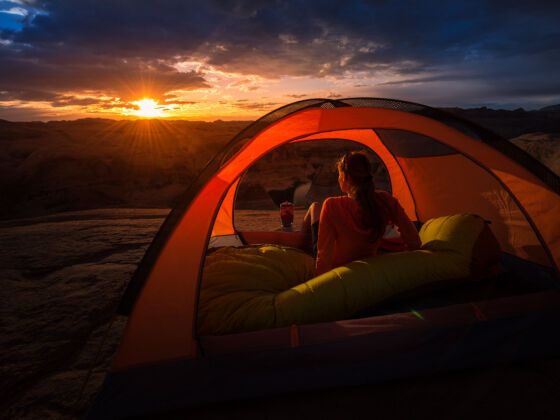I’VE ALWAYS BEEN drawn to deserts. They’re not at all like the bone-strewn wastelands of cowboy movies. Deserts are full of interesting plants and animals, and their big, dramatic vistas always put me in “sit awhile and think” mode.
It is true that the desert can be a harsh environment to camp in. Visitors from other climates may be put off at first by the extreme temperatures and unusual fauna, and may need some time to get used to the surroundings.
For me, it’s all about falling into “desert rhythm”: I’ve learned that I have to leave behind the routines that I follow at home and start thinking like a desert-dweller instead.
